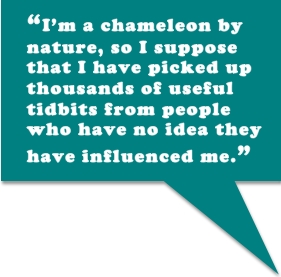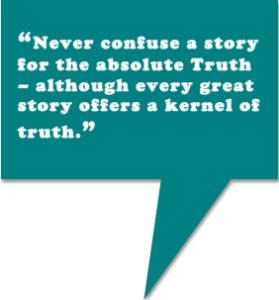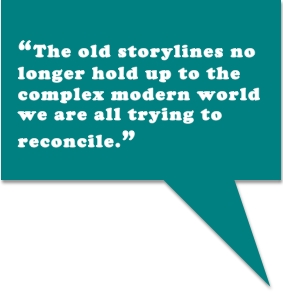See a photo of Corey, a link to his bio, Part 1 of this Q&A, and Part 2.
Q&A with Corey Blake (Questions 3 and 4):
Q: How important is it to you and your work to function within the framework of a particular definition of “story?” (i.e., What is a story?)? What definition do you espouse?
A: I am a firm believer in two things: (1) the three-act structure and (2) characters drive stories. I follow the standard inciting incident, plot point one, mid-point, plot point two structure, but within that I have found tremendous freedom. I prepare extensive character bibles before writing any fiction (25-50 pages per main character), and I believe that all the work is done before the actual manuscript writing begins. If the homework is done well, the writing is pure joy. And I’ve experienced that enough to know that it works! In my early years as a writer, I also experienced what a lack of preparation causes; that pain inspired me to create my writing method!
Q: The culture is abuzz about Web 2.0 and social media. To what extent do you participate in social media (such as through LinkedIn, MySpace, Facebook, Twitter, YouTube, Second Life, blogs, etc.)? To what extent and in what ways do you feel these venues are storytelling media?
A: I love this question. I am on Twitter, Facebook, Ping, YouTube, and about 15 other sites. My blog feeds into each of those profiles, so obviously I am a believer. Bea Fields is at the cutting edge of social networking, and I am privileged to watch what works and what doesn’t through her experimentation and insight. My marketing director is actually taking a 12-week course with Bea to increase her understanding in this area, which undoubtedly I will be fortunate to gain from!
That being said, your question is regarding the story that social media
tells, and that is quite brilliant insight on your part. I was reflecting on this the other day while going through my Twitter account and looking at what people I follow were talking about. I started to sense that there was a story developing around each of them. Little pieces of insight about a person that build over time and create a story about who they are, what they believe in, what they are terrified of, and what they are chasing or running away from. In a sense, social media is the building of character bibles; little bits are revealed over time that eventually build a three-dimensional impression of someone. Facebook is the same. I especially love finding old friends from my youth and slowly morphing what I remember about them with these delicious morsels I learn about their new lives. A new story merges with the old. If anything, social networking has proven my theory that there are six billion people on the planet, and every single one of them has a story to tell!








